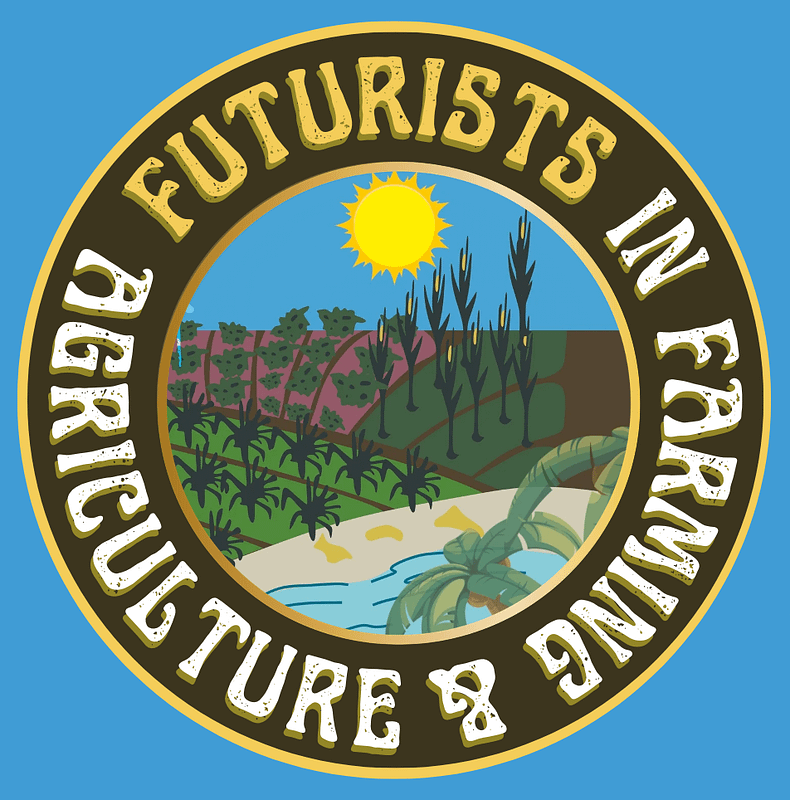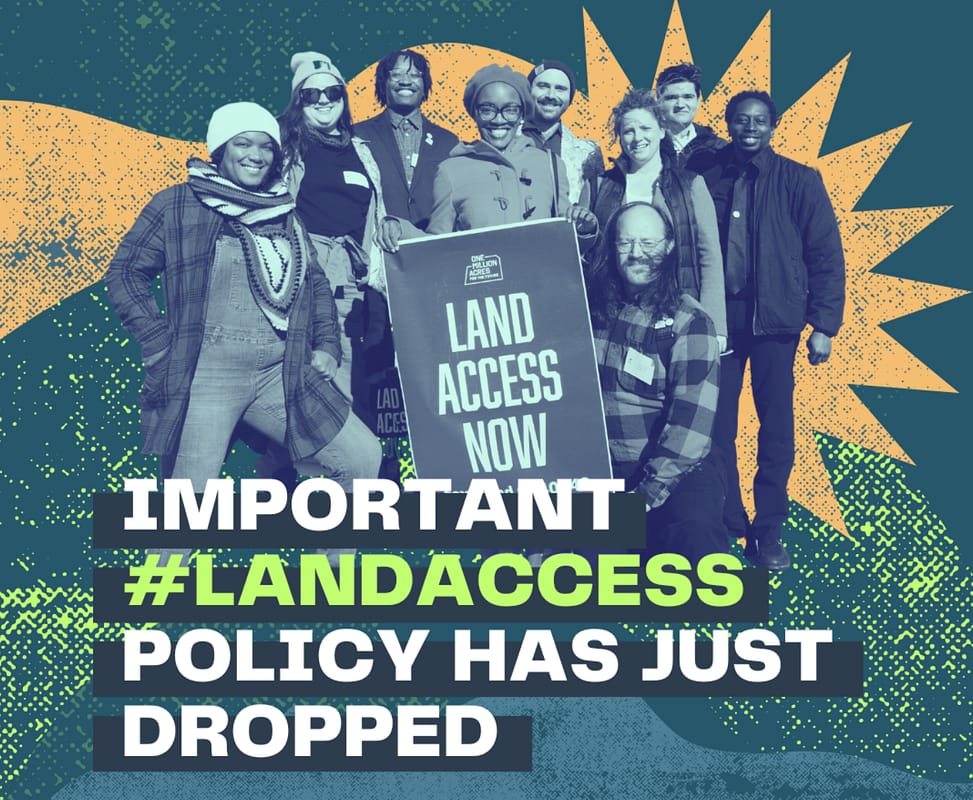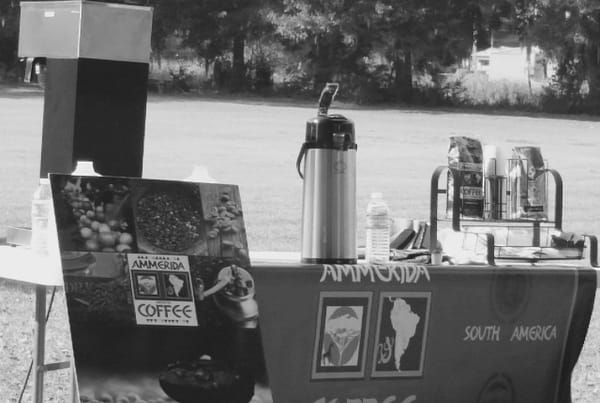Every five years, Congress drafts a new Farm Bill. It’s a broad-ranging, critical piece of legislation that supports agricultural producers, as well, as historically Black land-grant universities (HBCUs) authorizing programs and spending related to agriculture and nutrition, including millions for agriculture research and extension services for land-grant universities. Here’s where the problem stems.
About 80 percent of the spending in the bill goes toward nutrition programs like the government-assisted SNAP, but most HBCUs, have been shortchanged more than $600 million for federal and state underfunding over the last 15 years. Roughly 80 percent of the spending in the bill goes toward nutrition programs.
“If nothing changes in the farm bill, we will continue to have a massive federal program that invests billions of dollars a year in food insecurity that continues to undermine people’s ability to become economically self-sufficient.”
Carrie Welton, senior director of policy and advocacy at the Institute for College Access and Success.
In 1985, the Conservation Reserve Program, a cost-share and rental payment program, was created to incentivize landowners to put a portion of their acreage into conservation cover for a return on marginal farmland of between 3-4%, particularly on lands that would be more productive as wildlife habitat than they would be for crops. Currently, 43,120 acres of land in Florida are enrolled in the CRP program under 1,087 contracts. Considered the blueprint for conserving natural and cultural heritage, Florida Forever is the largest, of many different recreation and public land acquisition programs in America.
With approximately 10 million acres managed for conservation in Florida, more than 2.6 million acres were purchased through the Florida Forever and P2000 programs. Since the inception of the Florida Forever program in July 2001, the state has purchased more than 902,011 acres of land with approximately $3.3 billion. Register for the applicant webinar here. The long-term goal of the program is to re-establish valuable land cover to help improve water quality, prevent soil erosion, and reduce loss of wildlife
Under Trump’s administration, Congress made deep cuts to conservation investments in the Farm Bill totaling about $1 billion. So four years later, when conservation funding in the 2018 Farm Bill stayed flat and didn’t account for inflation, the purchasing power of conservation programs was further gutted. For nearly ten years now, these cuts have left great voluntary, incentive-based agricultural projects unfunded.
According to Inside Higher Ed, the 2018 Farm Bill, at $867 billion in funding, including a number of wins for the Black land grants such as creating six new centers of excellence and $80 million in scholarship funds for HBCU students.
Covid has made us all vulnerable to unforeseen risks from long-term home confinement over the past few years. These risk factors are compounded when you combine a lack of access to land is a common barrier to participation in other traditional outdoor activities such as recreational hunting, angling, and wildlife viewing.
The USDA’s Voluntary Public Access and Habitat Incentive Program (VPA-HIP) seeks to address this challenge by expanding public access to land for recreation purposes. It would also stimulate local economies by supporting jobs in the outdoor recreation economy, specifically in our rural communities. Finally, funding from this program is utilized to provide assistance to landowners for wildlife habitat improvement and enhancement programs. The 2018 Farm Bill made $50 million available for the VPA-HIP, of which Michigan received $1,587,600. Michigan’s Department of Natural Resources used these funds to increase public access to hunting through the Hunting Access Program (HAP). This funding has particularly benefited the Southern region of the state, where most of the state’s population lives and where 97 percent of the land base is privately owned. The HAP has provided access to quality hunting land, specifically near urban centers for those who would otherwise lack access to the outdoors.
70 percent of this nation’s lands, exclusive of Alaska, are in private ownership. Fifty percent of the United States is cropland, pastureland, and rangeland owned and managed by farmers and ranchers and their families. The responsibility for stewardship of this land lies in the hands of about 5 million individuals. This means that the care of 50 percent of the United States is in the hands of less than 2 percent of our citizens.





